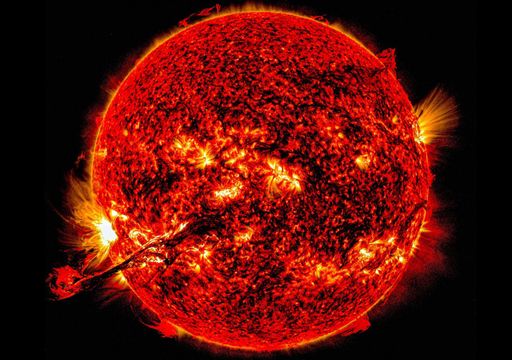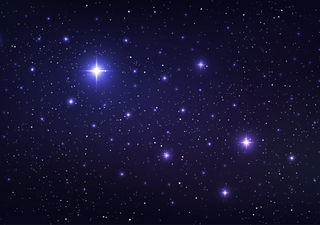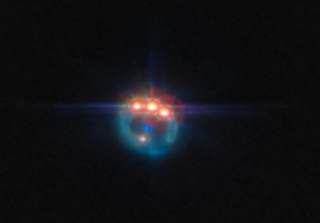The Milky Way protagonist in the best Meteored photo of 2024, astronomer Sergio Messina reveals all the details
The prize has been awarded for the #MetContest24, now in its third edition. The photography competition organized by Meteored rewards a photo of the Milky Way taken by Alejandra Brusadin.
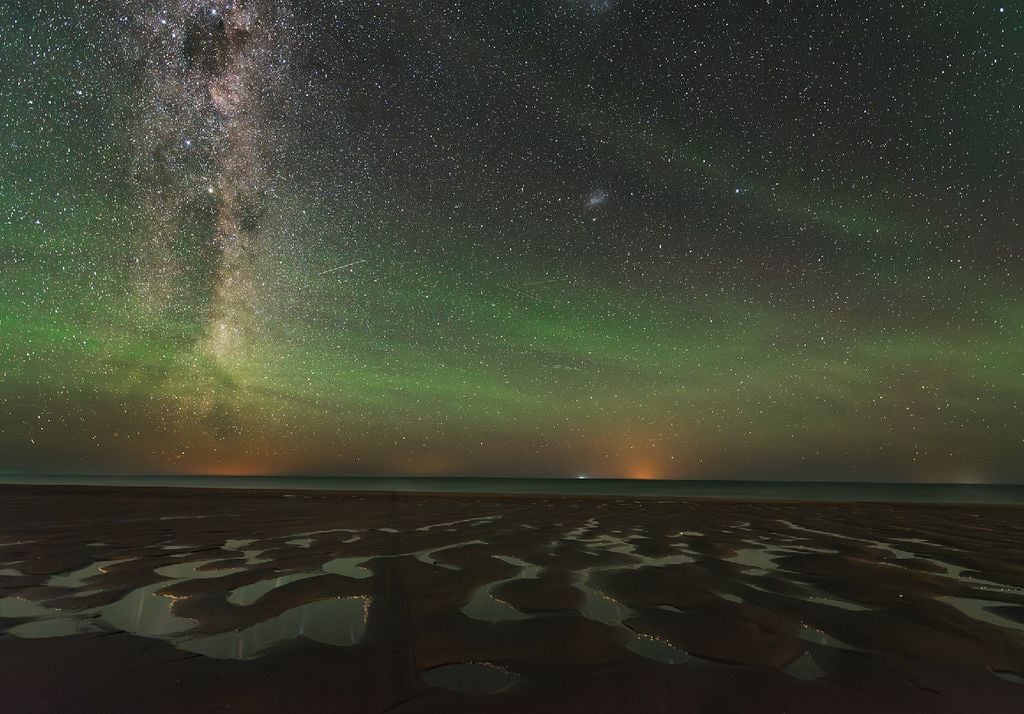
Meteored is proud of a laudable initiative, this year in its third edition. This is the #MetContest24 photography competition for amateurs and professionals. The initiative receives a lot of interest with participation from 11 different countries.
The Milky Way, or rather "The coloured curtain of the Stars" as called by the winner, is the winning image of this latest edition. Let's see together the main characteristics of this important structure which, after the Earth and the Solar System, is to be considered our home.
The mythological origin of the name Galaxy
How was the Milky Way created? With a splash of milk in the sky, so says Greek mythology. In fact, it is said that Zeus, to make his son Hercules, born from his union with the mortal Alcmena, tried to feed him at the breast of his wife Hera, to make him immortal.
To do this he tried to take advantage of her moment of sleep. However, her wife Hera, suddenly waking up, removed the baby from her breast, inadvertently causing milk to splash into the sky. This splash of milk in the sky gave rise to the Milky Way, or the Milky Way.
The Milky Way is also called Galaxy, with a capital G, a word that comes from the Greek noun γάλα γάλακτος which means "milk". When we talk about Galaxy we are referring to our galaxy.
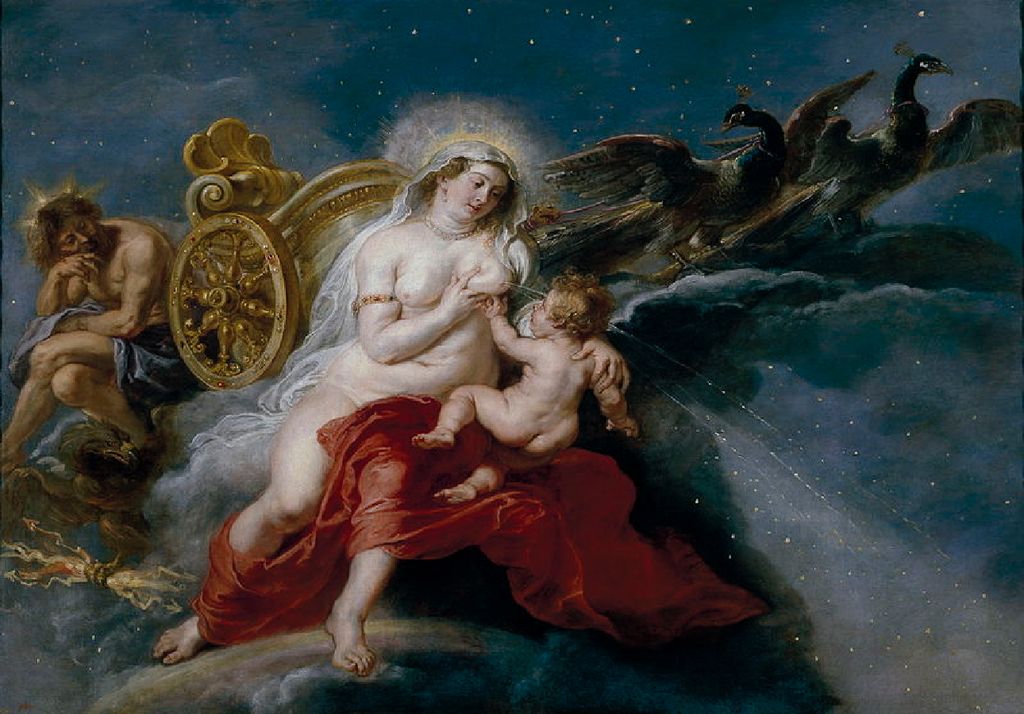
The shapes of galaxies
We know that galaxies are structures made up of billions of stars, as well as molecular clouds of gas and large quantities of dust. There are different forms, spiral galaxies, elliptical galaxies, lenticular galaxies, irregular ones.
The recent discovery is that in addition to the three arms it also has a "bar", that is, it belongs to the category of galaxies and barred spiral. The arms do not originate directly from the galaxy's nucleus but from the ends of a bar that emanates from the nucleus.
Our Galaxy is estimated to contain between 100 and 400 billion stars distributed across a diameter of approximately 87,000 light years (side to side) and with a thickness of approximately 1,000 light years. However, if we observe our Galaxy in the visible light we can only see the stars closest to the Sun within 1000-2000 light years, therefore a very small fraction.
How we know the shape of our Galaxy
Imagine a man who was born and raised inside a building with windows but without balconies and from which he has never left. For this man it would not be trivial to understand, or rather deduce from a whole series of clues, what shape his palace has. Astronomers faced a similar problem. These, having never gone outside the Galaxy, and even seeing only a small portion of it from inside, wanted to deduce what his shape was.
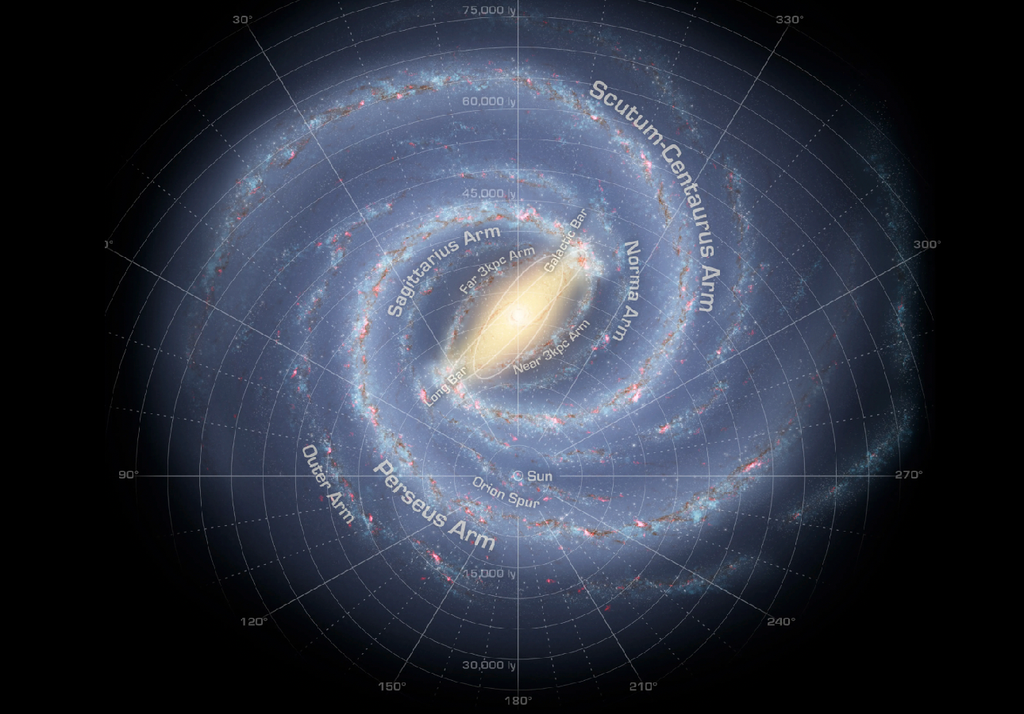
In this, being able to observe other galaxies helped a lot, for example the Andromeda galaxy, which is the closest to ours and has a similar shape. It helped to carry out observations in the radio and infrared bands which allowed us to penetrate the immense quantity of dust distributed inside the arms and which limits the view.
Velocity measurements of gas clouds, but also of star clusters, further helped to understand how this structure moved and what type of external galaxies our movement resembled. A whole series of clues have finally allowed astronomers to understand that the Galaxy is of the barred spiral type,
The Milky Way, visible in isolated places, free of light pollution, is a small portion of our Galaxy that is observed along its disk, that is, along the direction in which the density of stars is greatest.
The Galaxy has three arms with their own structure which makes the shape of the Milky Way also characterised by structures. The portion visible from northern latitudes is different from that observable from southern latitudes.
The Meteored #MetContest24 competition
This year the third edition of the meteorological photography competition organised by Meteored took place, in which amateurs and professionals from 11 countries participated by sending their photos.
The choice of the winning photograph took place with a first phase during which users vote on social networks using "likes". The 10 most voted images are chosen as finalists. These are sent to a jury, made up of members of the international editorial staff of Meteored. The prize up for grabs is a professional weather station.


